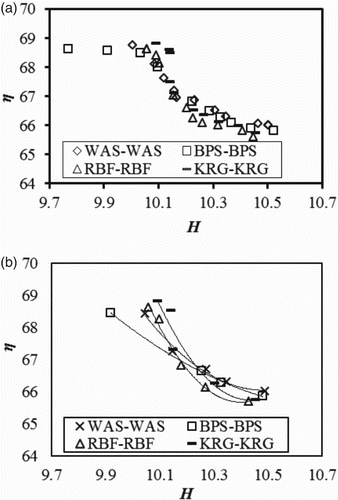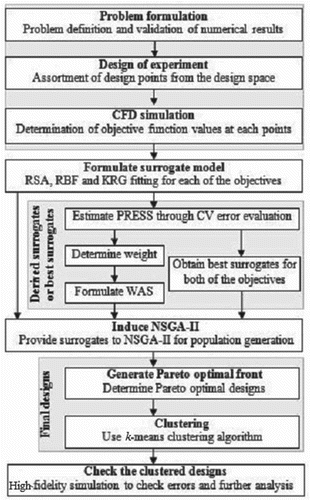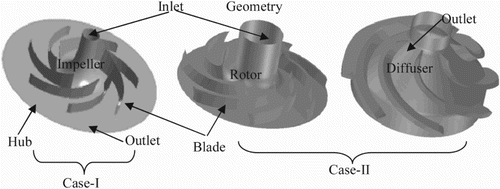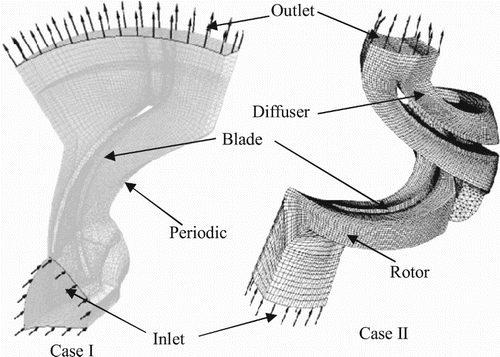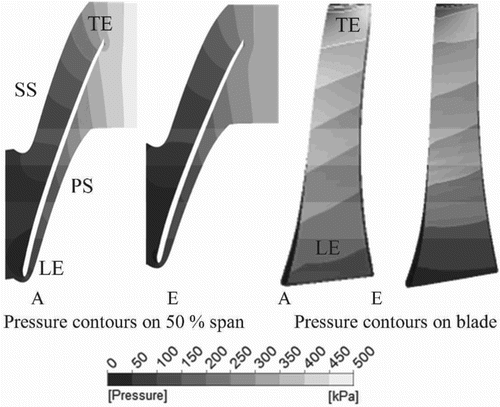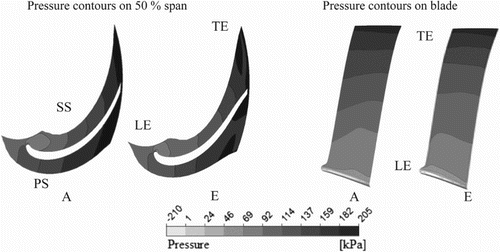Figures & data
Table 1. Features of impeller.
Table 2. Meshing and boundary conditions.
Table 3. Design variables with design space.
Figure 4. Case I PoF and cluster points for (a) different surrogates and (b) selected cluster points.
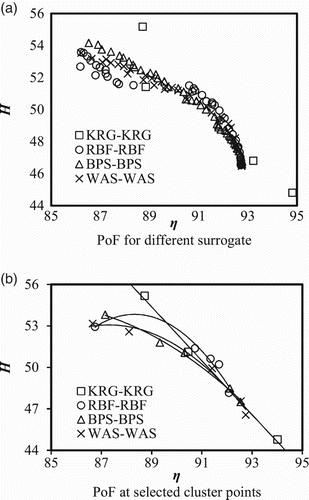
Table 4. PRESS for weights calculation.
Table 5. Surrogate-produced errors.
Table 6. Surrogate-produced errors for Case I.
Figure 7. Case II PoF and cluster points for (a) different surrogates and (b) selected cluster points.
